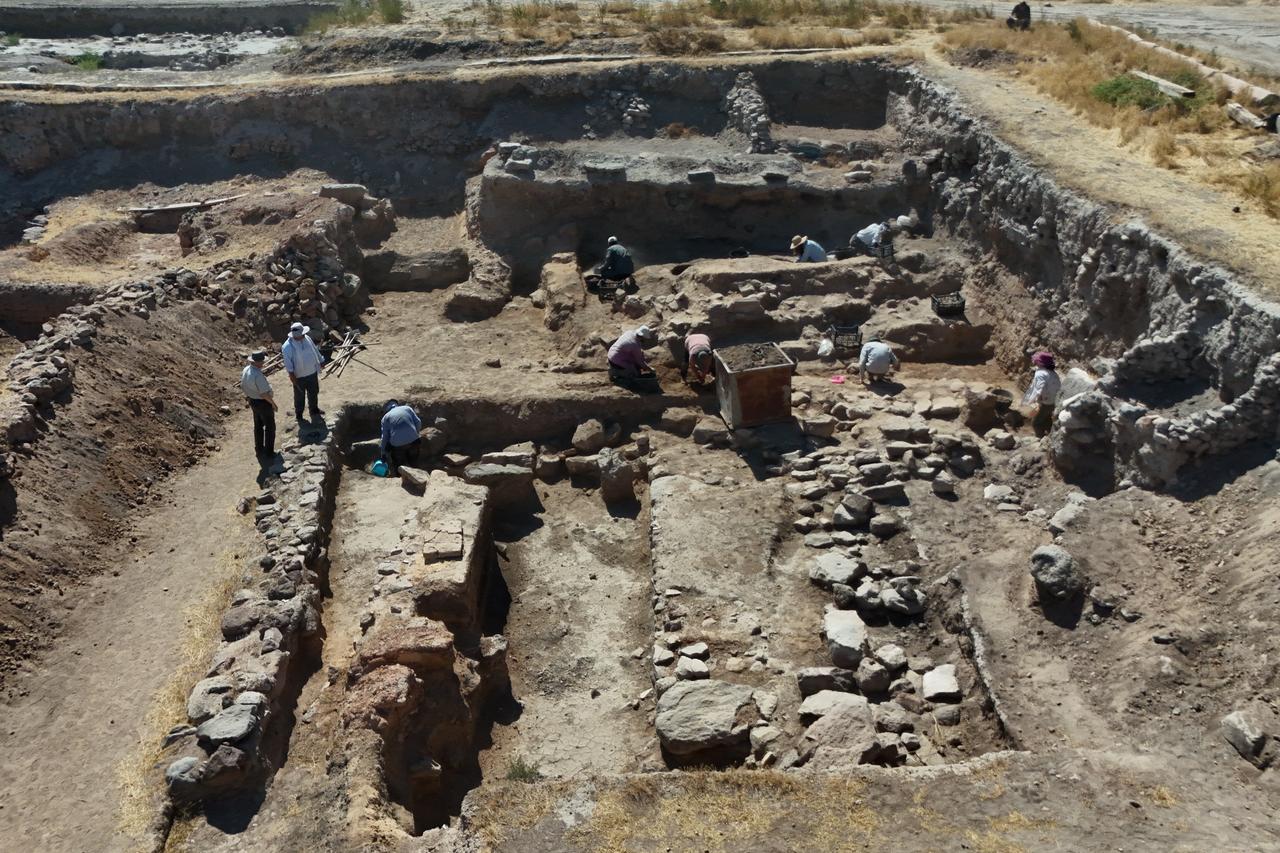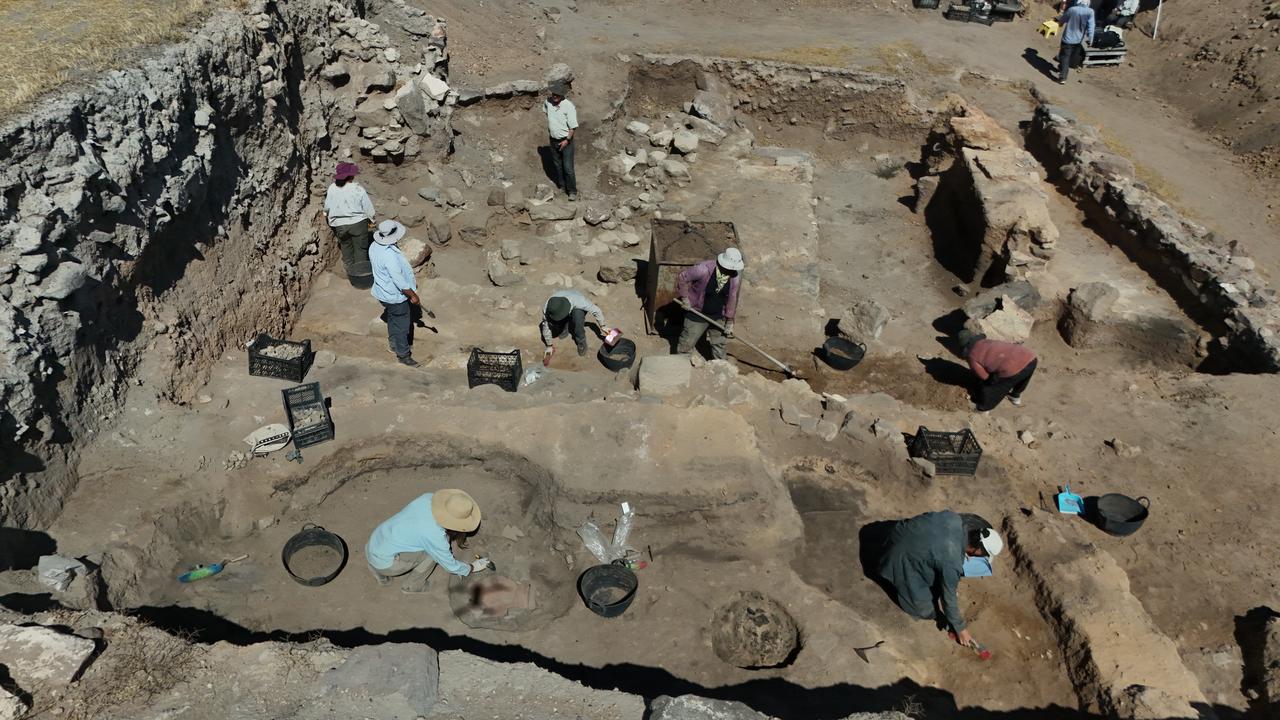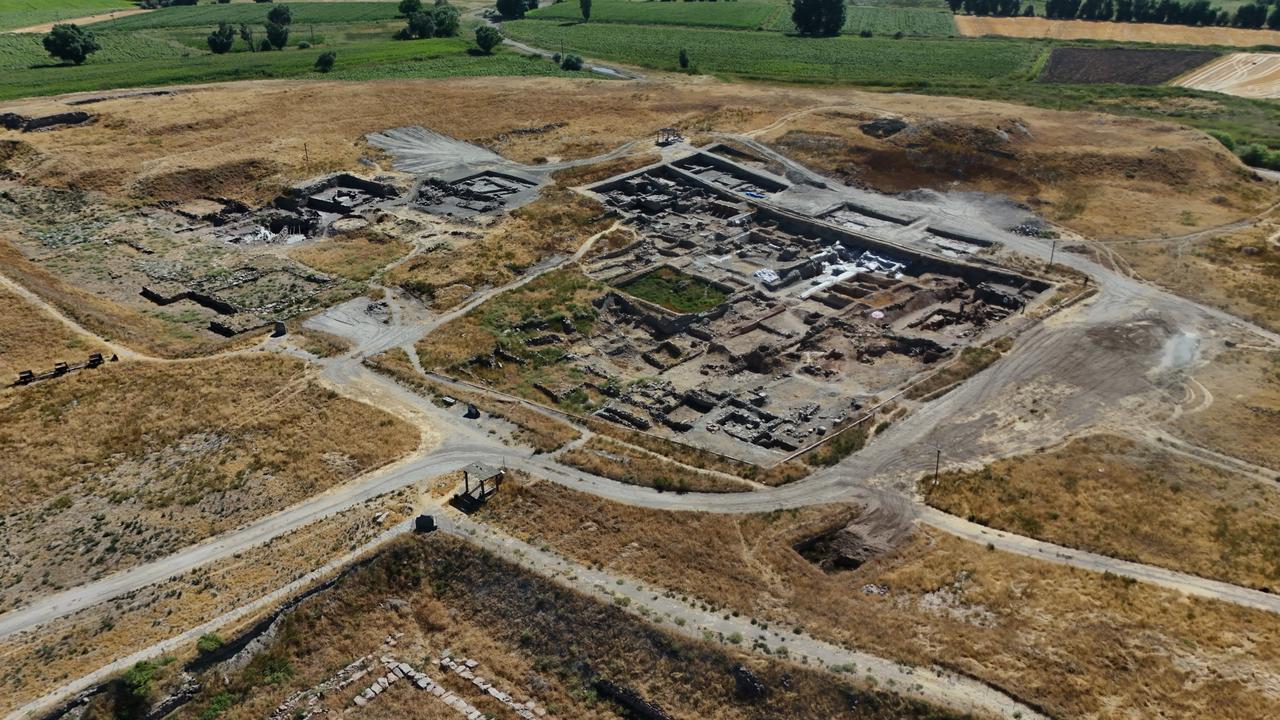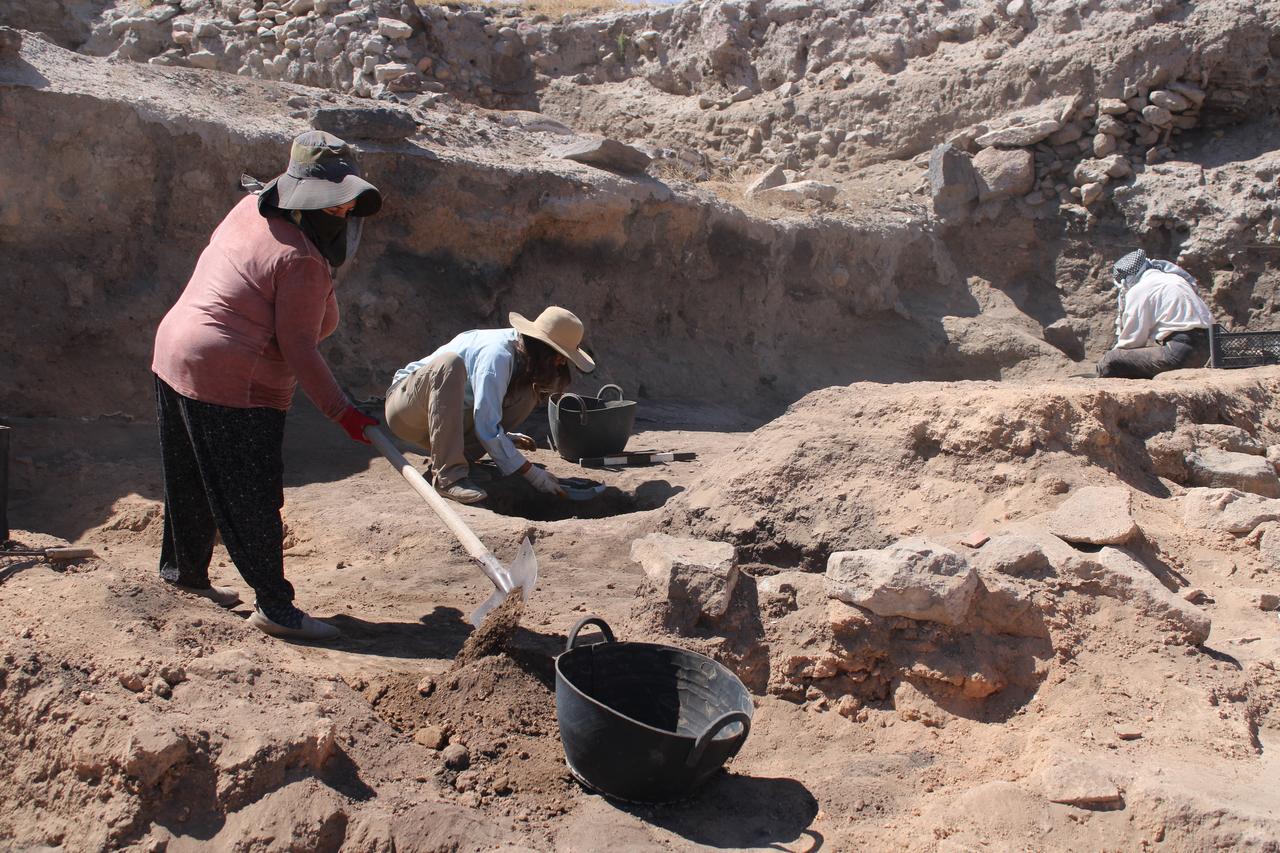
Archaeologists working at the Kultepe Kanesh-Karum archaeological site in central Türkiye, a site whose history stretches back 6,000 years, have unearthed private houses on the main mound for the first time in decades of work.
Known as the starting point of recorded Anatolian history, the site has long been associated with monumental palaces, temples and administrative complexes.

The excavations, led by Professor Fikri Kulakoglu under the auspices of the Ministry of Culture and Tourism with support from the Kayseri Metropolitan Municipality, form one of Türkiye’s longest-running archaeological projects, having begun in 1948.
The work focuses on understanding life both during and before the Assyrian Trade Colonies Period—a phase when Assyrian merchants established a commercial quarter, or “Karum,” in the lower city. This year’s discoveries include houses from around 4,700 years ago, predating the arrival of the merchants by several centuries.

Kulakoglu explained that Kultepe has been home to successive monumental buildings since at least the third millennium B.C., with palaces and temples being destroyed and rebuilt multiple times.
“This shows Kultepe has been a major centre not only during the Assyrian merchants’ time but long before, from around 6,000 years ago,” he said. Recent excavations revealed that these buildings were not small; each season has extended their known size by about ten metres.

The discovery of private residences on the mound challenges earlier assumptions that only grand structures occupied the summit. “This is a new event for us,” Kulakoglu noted.
He added that it is natural for those working in the monumental complexes to have lived nearby, and the team has now reached the houses where they once resided. Some of these homes contained distinctive ceramics and architectural elements, setting them apart from other parts of the settlement.